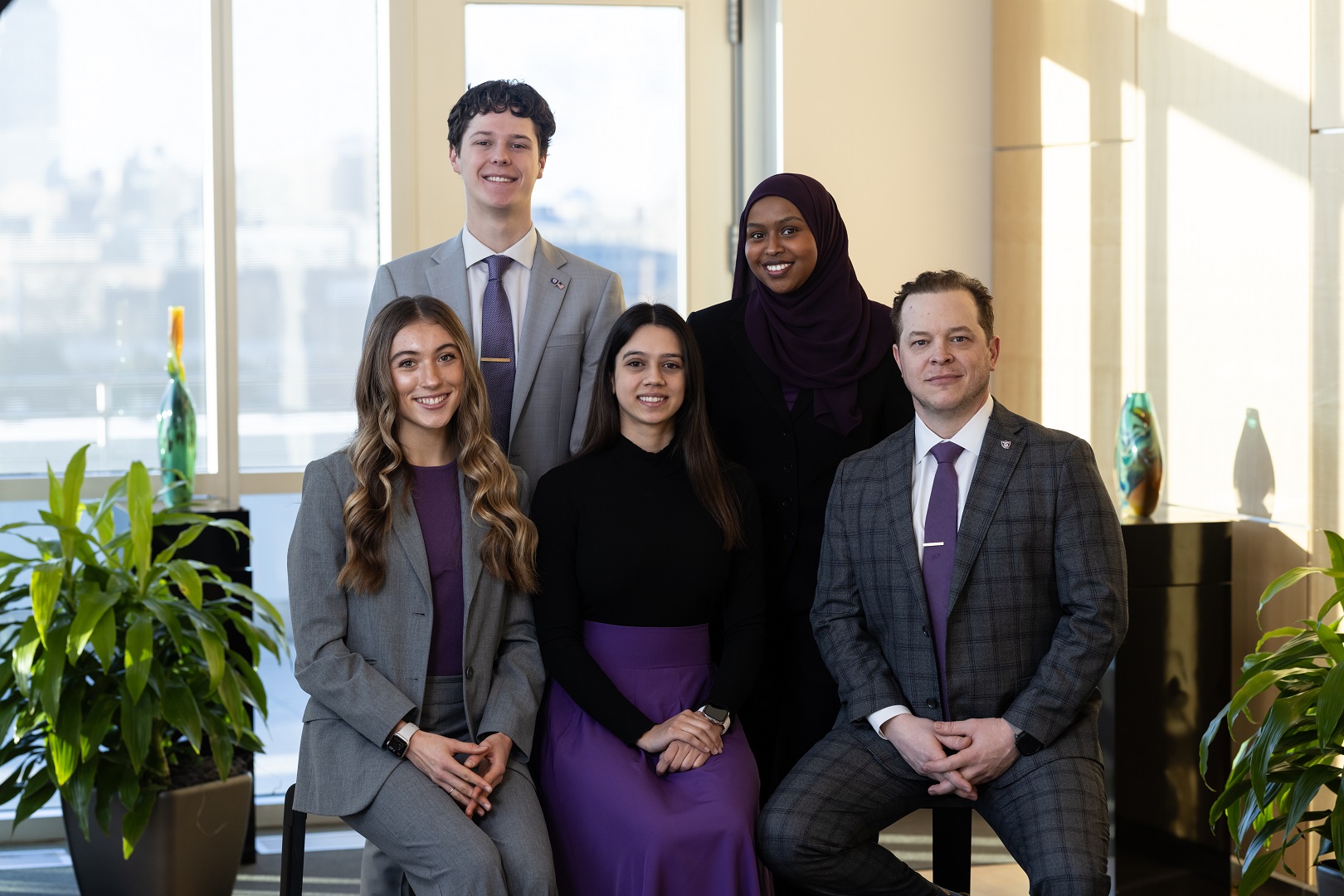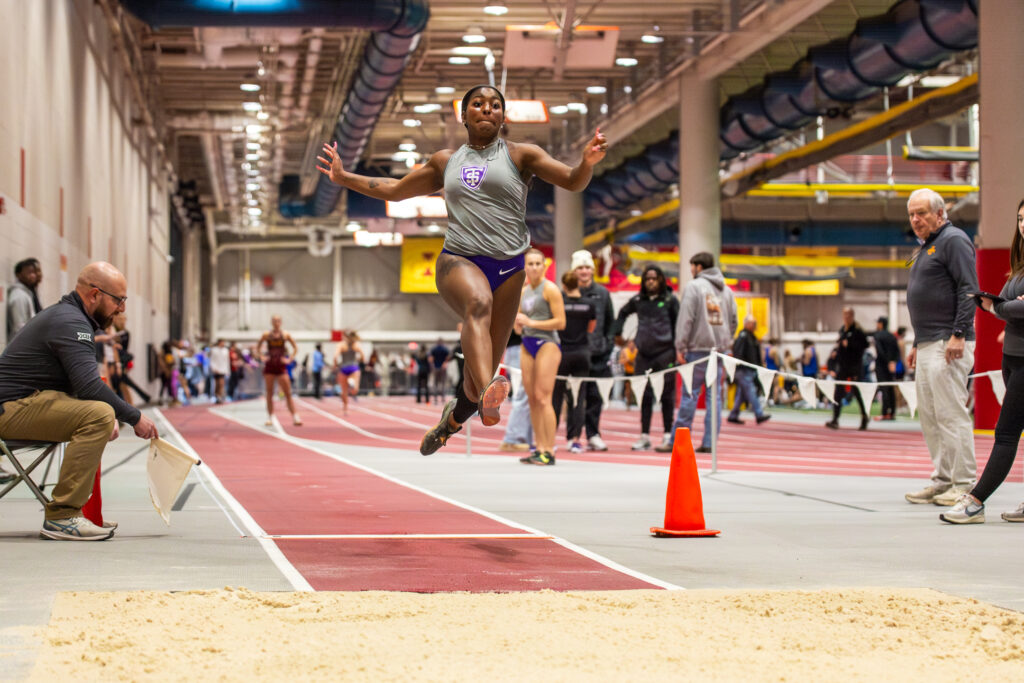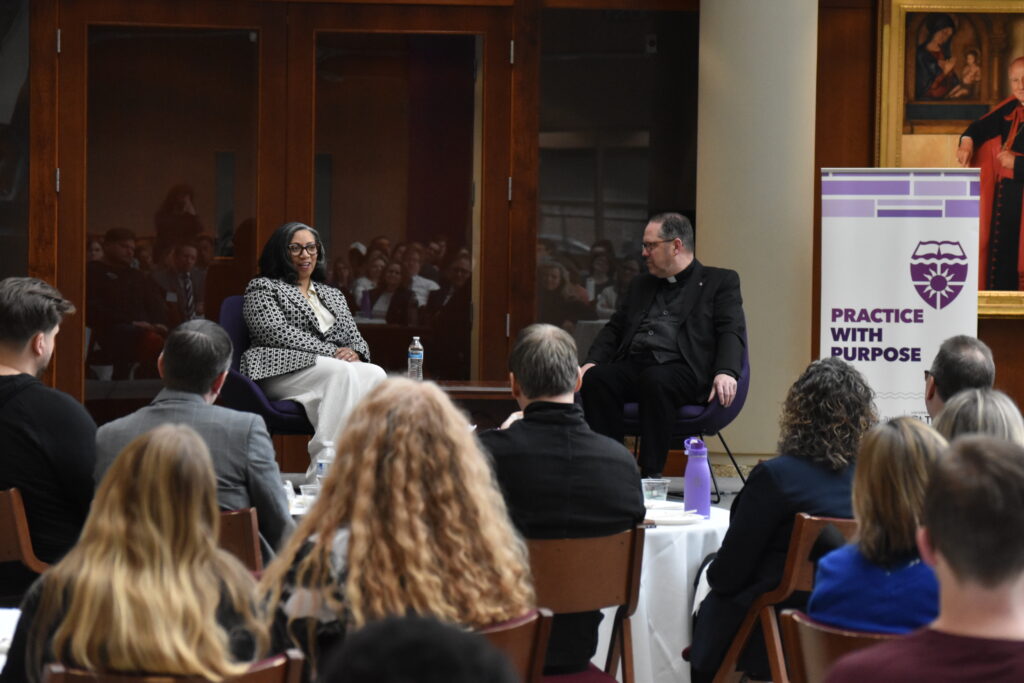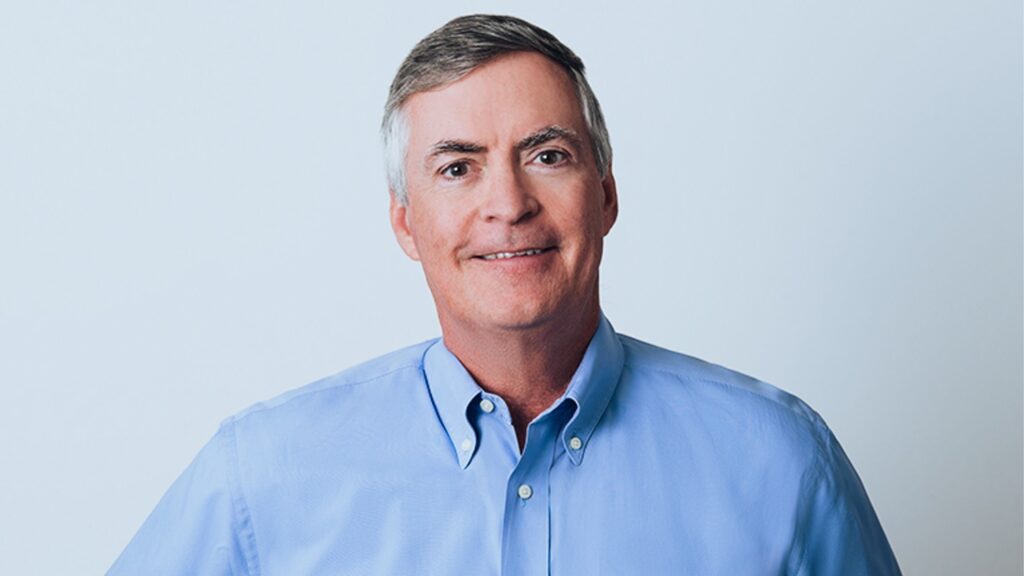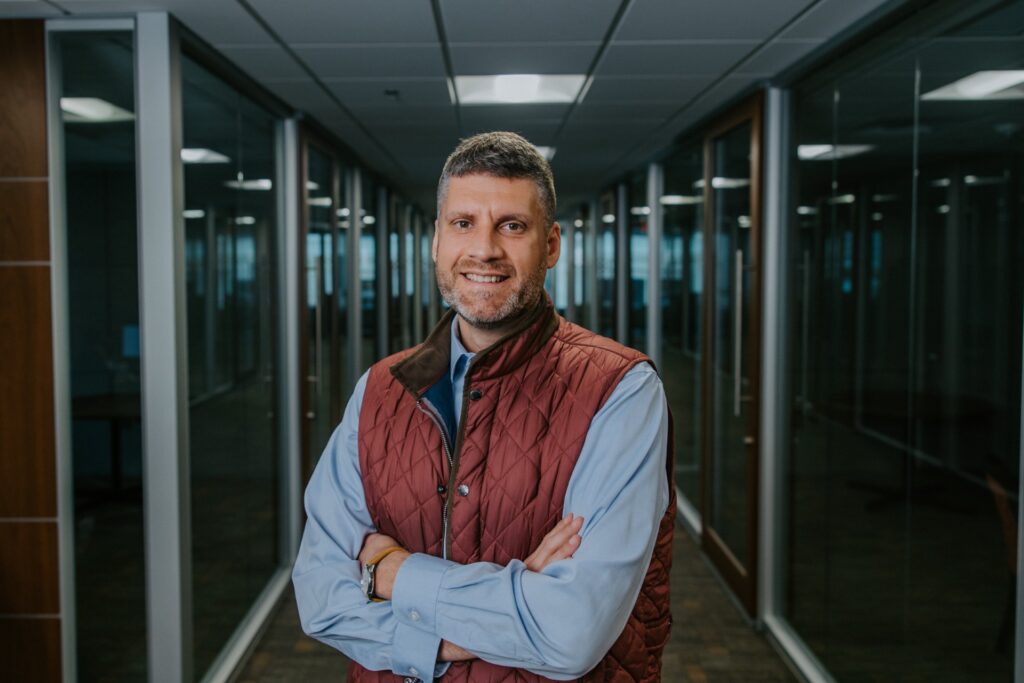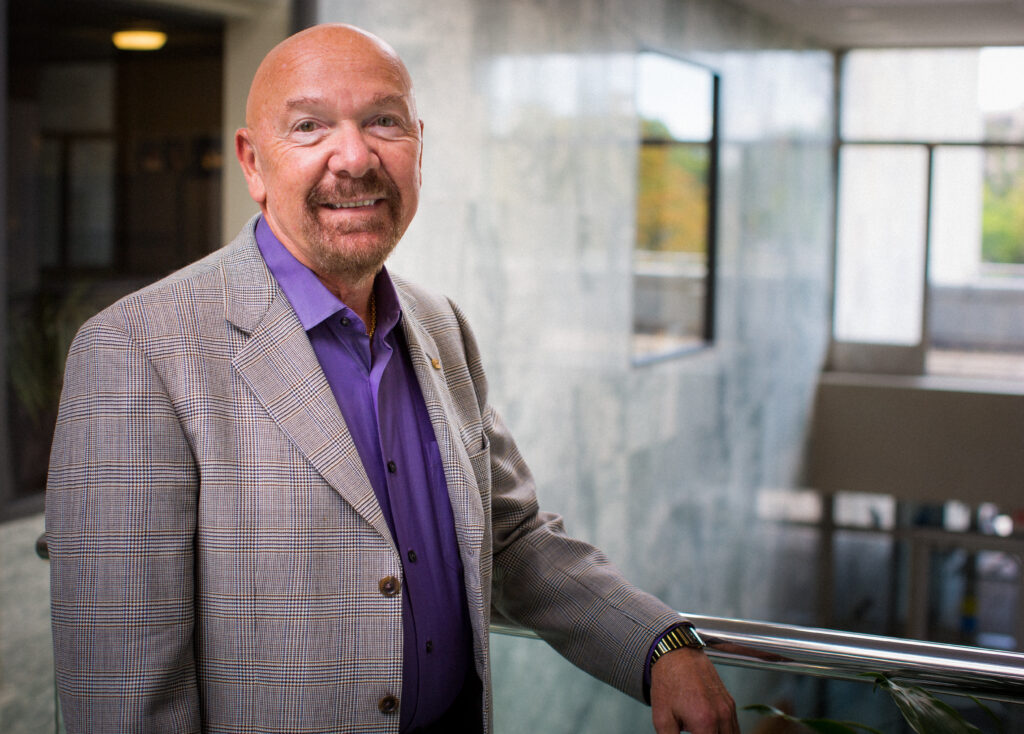Four students from various majors came together to gain hands-on experience working on technology for NASA. Through the Innovation Scholars program, students Olivia Keller ’26, Sam Mahannah ’26, Ilham Mohamud ’27 and Breanna Ranglall ’26 presented on how NASA should use its new technology. The group was led by Luke Nilles, an MBA student, along with the help of St. Thomas faculty David Alexander, Colin Martin, Bernie Armada and Steve Vuolo.
The Innovation Scholars program is an annual program for a small group of students from different private colleges in Minnesota to receive current technology from a corporation or entity such as NASA, Mayo Clinic or a smaller company in Medical Alley. The students have a wide range of majors, including neuroscience, business law and compliance, computer science, biology and financial management. With the leadership of an MBA student, the group finds how the technology can be marketed or used.
Maximizing intellectual property
The students worked with a new eye tracking technology developed by NASA. It measures a person’s cognitive health at that moment. It could be used at such a basic level to determine if someone is getting enough sleep. It could also be used to assess a person’s readiness to perform functions before a stressful situation, such as used for first responders or other emergency workers. Further, it could be used to detect if they have a concussion, or something more detrimental with their brain like early onset degenerative disease such as Alzheimer’s.
As NASA is a government agency, Alexander described how, “NASA wants advice on whether they should continue to pay the maintenance fees on the patent, and what can they do to maximize the value of the intellectual property to the American economy.” After four months of hard work and research, the students presented their findings to NASA and other students in the Innovation Scholars program.
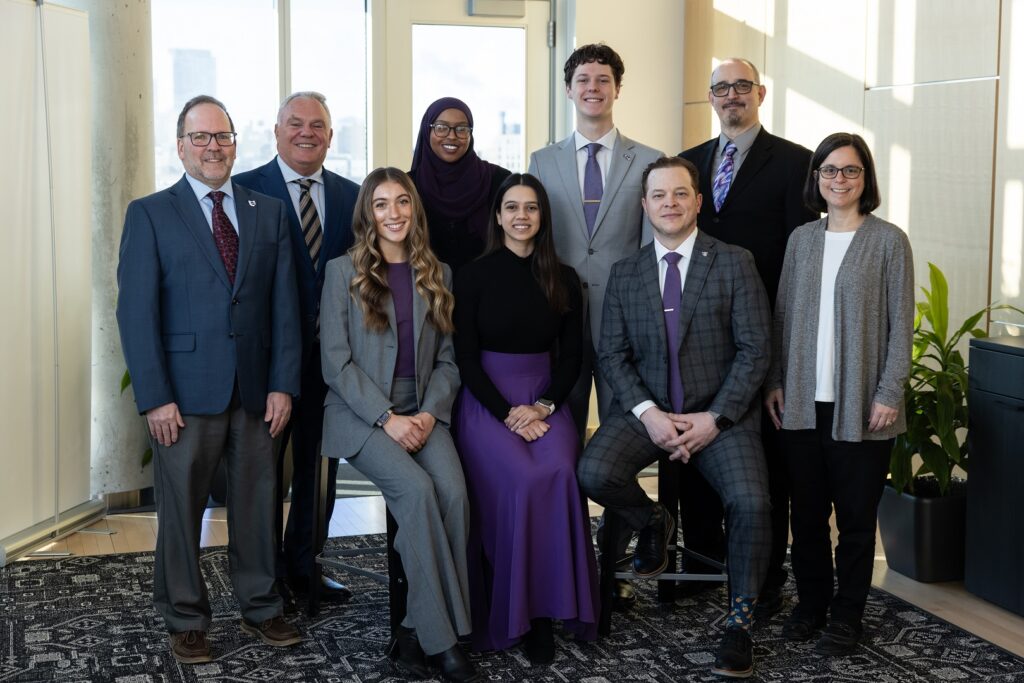
Tackling challenges and building leadership
The program places five students who had never worked together to find a solution. This is to strengthen their leadership and team-building skills. Martin finds students who succeed in this program are, “students who are collaborative, who are really not only willing but excited to work with other students and students outside of their own area.” At the end of the program, the group presents its findings to the corporation or agency. The Innovation Scholars program gives undergraduate students an opportunity to work with real technology and data while practicing research for a real company.
This is an opportunity for the master’s students to practice their leadership of the team. It is also an opportunity for the undergraduate students to show leadership within their teams and to lead the discussions with their specialties.
Vuolo said, “Leadership isn’t necessarily having the technical knowledge; it’s relying on people who have the technical knowledge and asking the right questions.” All the students of the teams can practice and understand more leadership roles preparing them for future jobs.
It also prepares the students for a diverse work environment as the students have different expertise and a variety of backgrounds. The team leader, Luke Nilles, shared how the diverse team helps them to “be able to build on that experience of identifying people’s strengths and then creating an environment to let them really explore and be creative within it.”
At times, understanding how to work collaboratively on this project was difficult for the students. After attempting to divide the written report the students found that it was more beneficial to work through it together.
Student Sam Mahannah ’26 reflected on how “having a lot of different skill sets it was hard to mesh all of them together at first, but we did a really good job of communicating throughout the process and that was a reason why we were able to be so successful.”
NASA being a public entity, opened collaboration with professors and professionals in the field. They helped to provide assistance and expert understanding of this new technology. Student Breanna Ranglall ’26 shared that, “If those people didn’t give up their time to help us through this process there is no way we would have been able to make such an amazing report and presentation.”
Looking to the future
The students worked to express their findings to a group that might not have any expertise in the field. Armada described the importance of “learning how to adapt to audiences and tailor your materials to the specific audience that’s in front of you.” This program has helped to prepare the students for their future careers through hands-on research, collaboration and hard work.
After a very successful presentation the students have decided to submit their collaboration to the e-Fest program. This entrepreneurial competition gives students another opportunity to present their project again to a new audience. A group who was strangers four months ago is continuing to work together in a strong collaboration.
Any students who are interested in applying for the Innovation Scholars program for this upcoming year can visit the Undergraduate Research Opportunities page. The 2025-26 applications close in the fall.
